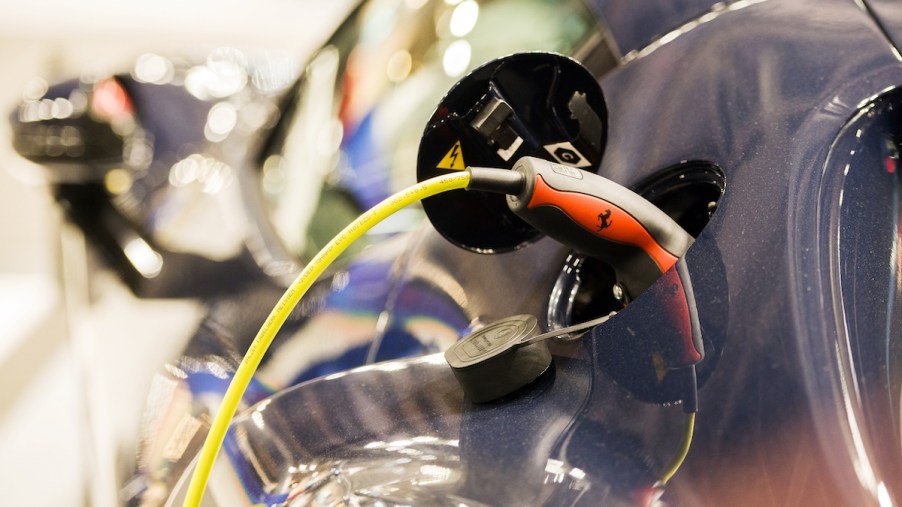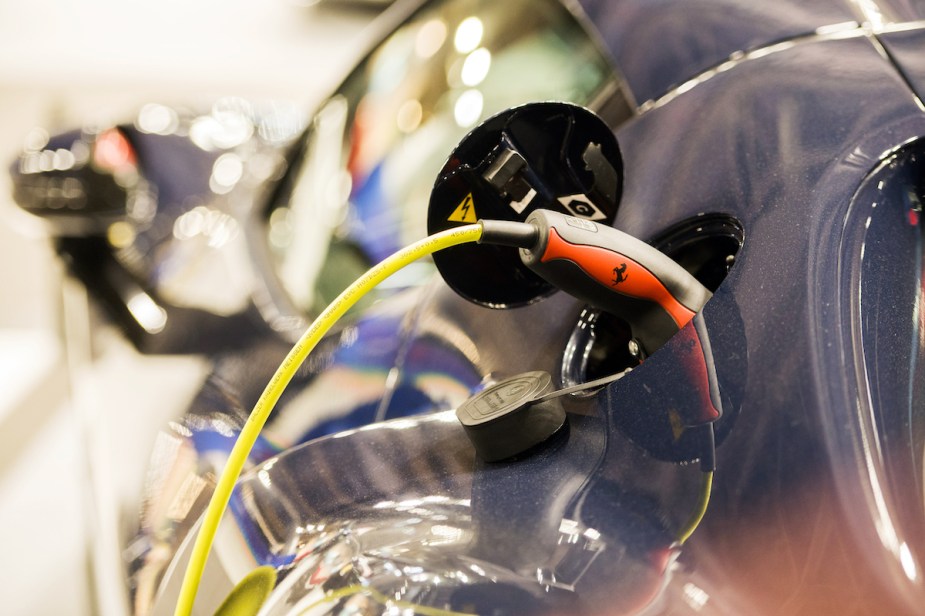
Will Plug-in Hybrid Electric Vehicles (PHEVs) Still Work if You Don’t Charge Them?
Hybrids and PHEVs can be a great way to save money on gas without going full EV, but car shoppers generally don’t know much about hybrids. In a recent Consumer Reports survey, only 45% of people were aware of how hybrids work. One topic that has a lot of people confused has to do with charging, so here’s a look at if PHEVs will still work if they don’t get charged.
What’s under the hood of a PHEV and how it works

Like Consumer Reports wrote, PHEVs aren’t that different from traditional hybrids or even regular gas-powered cars regarding what’s under the hood. That’s because PHEVs, hybrids, and regular cars primarily rely on an engine to do much of the work. Hybrids and PHEVs add a battery and an electric motor to the mix.
Its ability to plug in and charge sets it apart from a hybrid. In a traditional hybrid, the gas engine does the charging. Plus, it can qualify for the federal EV tax credit, while hybrids can’t. Another big difference is size. The battery pack is usually many times larger than the battery in a hybrid.
There also tends to be a size difference in their electric motors, as a PHEV tends to have more powerful electric motors. With the larger battery and the more powerful motors, it can travel in battery-only mode for a certain amount of miles.
Can a PHEV still run if the battery hasn’t been charged?
Since PHEVs can be driven purely by electric power, some may assume owners need to plug their PHEVs in. According to Consumer Reports, this is not true. It shares many similarities with traditional hybrids and regular gas-powered cars, but the PHEV’s engine can function just fine with an empty battery.
Like a traditional hybrid, a PHEV’s engine can also charge the battery. This will allow PHEVs to generally get a good fuel economy even if the battery hasn’t been charged. That said, there are some exceptions. Due to the larger battery size, PHEVs also tend to weigh more. As such, compared to a traditional hybrid, a PHEV can get a slightly worse fuel economy when it’s in hybrid mode.
In some cases, a PHEV in hybrid mode can have a worse fuel economy than a regular gas-powered version of the car. That’s the case with the BMW 330e xDrive. It only gets about 25 mpg in hybrid mode, which is worse than the gas-powered version’s 28 mpg.
It’s important to charge to get the most out of it
There are many reasons why it’s a good idea for owners to keep their plug-in hybrids charged whenever possible. Its ability to travel in battery-only mode is the main reason it costs more than a traditional hybrid or a gas-powered car. As such, folks who don’t use this feature may as well not have bought a PHEV in the first place.
Folks using this feature can save a lot of money in the long run. Plug-in hybrids can typically travel in battery-only mode for about 20 to 30 miles. A PHEV’s battery-only range will vary greatly, but they typically have enough range for many folks. For example, parents who need to drive their kids to school every day can do that in battery-only mode. This way, they don’t burn much gas and thus, they save a lot of money.


